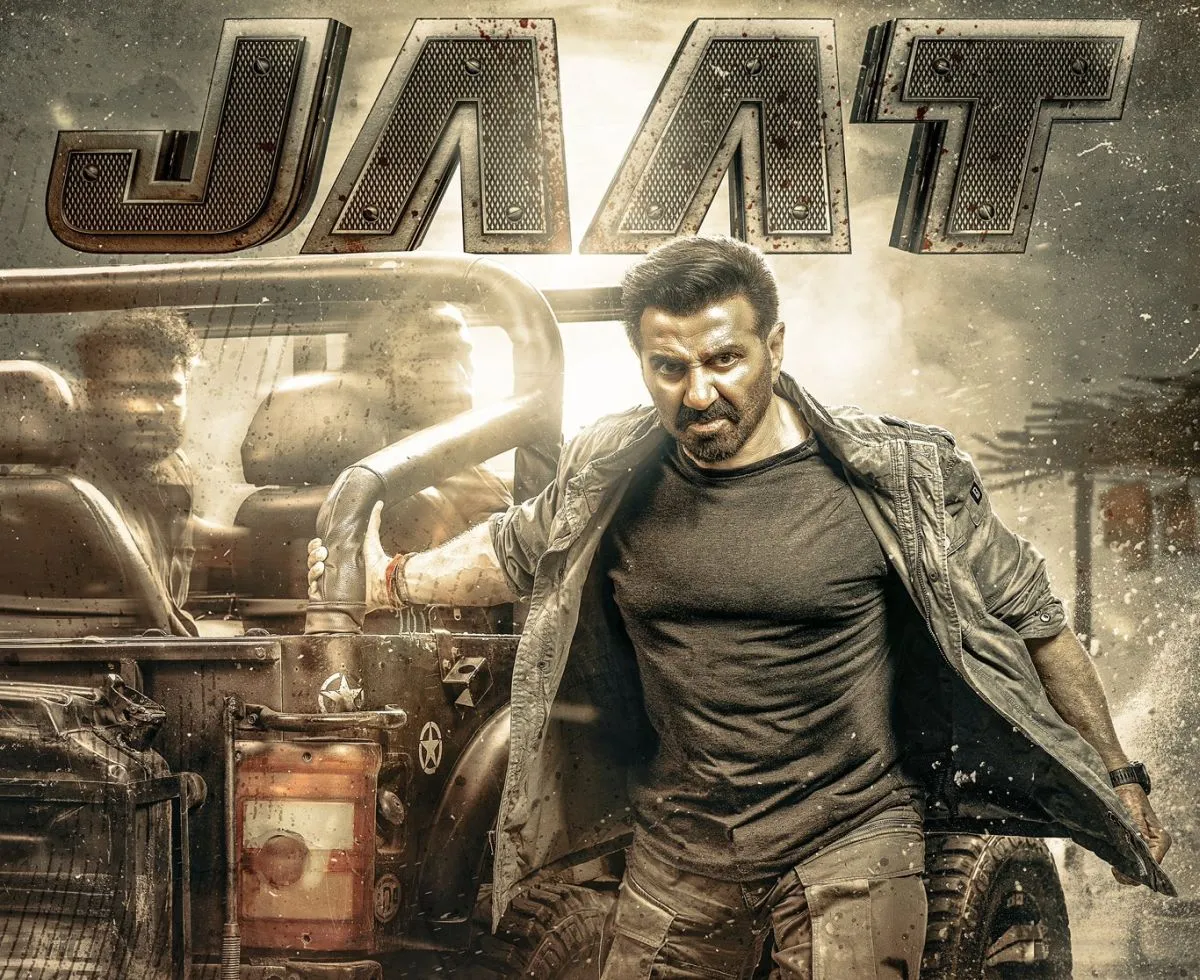
Bollywood has long been guilty of distorting historical narratives for commercial appeal. But when such distortion targets an oppressed people’s liberation struggle, it transcends fiction and becomes a political act. Over the past decade, India’s Hindi-language film and streaming industry has repeatedly vilified the Tamil Eelam liberation movement, portraying it as terrorist fanaticism rather than the response of a people confronting decades of state repression and genocide. From Madras Cafe (2013) to The Family Man 2 (2021) and now Jaat (2024), a consistent pattern has emerged — one that rewrites history, erases Tamil suffering and maligning resistance to oppression.
A pattern of demonisation
The most recent example, Jaat, depicts a fictional militant group called the “Jaffna Tiger Force” (JTF), an obvious allusion to the Liberation Tigers of Tamil Eelam (LTTE). Critics, including Tamil Nadu political leaders from the Naam Tamilar Katchi and MDMK, have denounced the film for misrepresenting the Tamil liberation struggle and portraying those who died fighting for Tamil self-determination as villains. NTK leader Seeman described the film as “highly condemnable for denigrating the Tamil Eelam liberation struggle” and driven by “racial hatred towards Tamils.” The MDMK similarly demanded a ban, noting that “the film has scenes maligning the Eelam Tamil freedom movement.”
This portrayal is not new. The Family Man 2, an Amazon Prime web series, took similar liberties. In it, Eelam Tamil characters are cast as assassins plotting the murder of Indian and Sri Lankan prime ministers at the behest of exiled leaders in London. Tamil Nadu’s government strongly objected to the release, warning it “hurt the sentiments of Eelam Tamils” and was “prejudicial to the maintenance of harmony in the State.”
![]()
Before that came Madras Cafe, a film that uncritically echoes a flawed narrative of the Tamil liberation struggle. Set against the backdrop of the doomed Indian Peace Keeping Force (IPKF) intervention, the film portrays Tamil freedom fighters as obstacles to peace and presents the Indian military’s role as a moral crusade. The film’s depiction prompted protests across Tamil Nadu and among the diaspora. Despite this, actor-producer John Abraham dismissed the backlash, declaring that “no one is above the Censor board and creativity should not be held at gun point.”
But artistic license does not absolve responsibility, especially when historical trauma is reduced to caricature for box office success.
Erasing the context of struggle
What all these productions share is not just their political slant, but their erasure of context. The Tamil Eelam struggle did not emerge in a vacuum. It was the product of decades of systemic discrimination, pogroms, disenfranchisement, and ultimately, mass atrocities committed by the Sri Lankan state. The LTTE was born out of a vacuum of justice and sustained by a population facing annihilation.
Yet Bollywood routinely strips Tamil militancy of its historical roots, choosing instead to depict fighters as bloodthirsty extremists. These portrayals do not attempt to understand why thousands joined the LTTE, or why Tamil civilians shielded them even at great personal risk. Nor do they engage with the Sri Lankan state’s decades-long record of enforced disappearances, sexual violence, aerial bombardments, and internment camps.
Indeed, the visuals of Tamil men, and women in particular, dressed in tiger fatigues and gripping heavy weaponry has widespread appeal. The images are understandably stunning. But they carry with them a deep history that Bollywood flattens into a trope of terrorism; easily digestible and morally unambiguous for a wider Indian audience.
Whose narrative gets told?
This recurring vilification also reflects a deeper marginalisation of Tamil voices in Indian popular culture. While Bollywood routinely celebrates armed resistance in other contexts — from anti-colonial revolutionaries to freedom fighters resisting British imperial rule — it draws the line at Tamil self-determination. Tamil resistance is not simply ignored; it is aggressively discredited.
In an era where narratives are shaped by visual media, this matters. Films and series not only entertain but also inform — especially for viewers unfamiliar with the history of Sri Lanka’s genocide and the Tamil struggle. The portrayal of Tamil liberation movements as villainous helps entrench existing prejudices, fuelling suspicion and hostility toward Eelam Tamils, particularly in India.
Moreover, these productions rarely afford the Tamil side a voice. There are no Eelam Tamil writers, historians, or survivors consulted — and certainly no Eelam Tamil protagonists. The result is a form of cultural hegemony, where powerful industries reframe marginalised struggles to suit their own political comfort.
A call for ethical storytelling
It is not simply a widespread censorship that Tamils seek. It is a respect for their history, their trauma, and their ongoing struggle for justice. The call to ban Jaat or The Family Man 2 arises not from a desire to stifle free expression, but from the anguish of seeing a liberation movement turned into a plot device for box office thrillers.
Tamil artists, historians, and filmmakers have long called for more nuanced, accurate portrayals of the Tamil Eelam struggle. But as long as Bollywood remains wedded to simplistic narratives and blind to Tamil voices, its portrayals will continue to provoke justified outrage.
Until that changes, Bollywood will continue to have a Tamil Eelam problem — one that reflects not just ignorance, but complicity in the erasure of a people’s resistance.
_____
Theepan is a staff writer at the Tamil Guardian.
